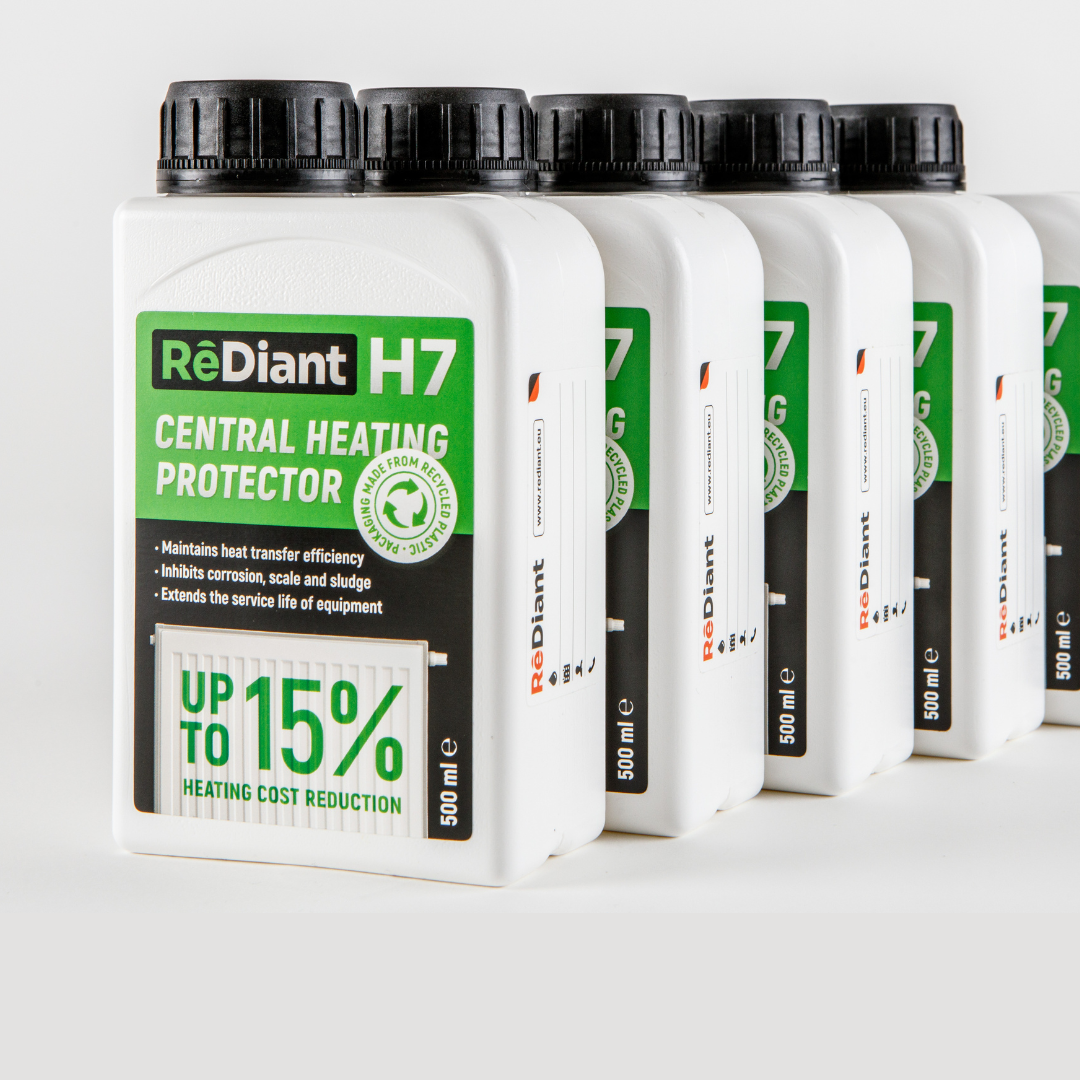Molybdate vs. Nitrite Corrosion Inhibitors
Corrosion is the most widespread problem in the water-treatment systems such as heating and cooling. Therefore, the major cause of failure of closed loop systems is corrosion. Inhibitors introduced in closed loop systems can last the lifetime of a building if regular maintenance is done. No wonder it’s now mandatory to add inhibitor and monitor its levels in the system, according to BS7593 and Building Regulations Part L. So which inhibitor to choose when there’s so many different types and brands?
The two most commonly used corrosion inhibitors for hot water boilers are nitrite and molybdate based.
Molybdate is one of the most practical corrosion inhibitors, which has been proven to be capable of preventing the corrosion of different metals and alloys in a variety of corrosive media, especially when combined with other chemicals. In addition, molybdate works in conjunction with oxygen to form a protective oxide layer on ferrous metals. Moreover, most inhibitor test strips measure molybdate levels in the water, which means the test kits would be useless with other types of inhibitors. Why is this important: water testing is also mandatory when complying with BS7593. However, the main drawback of molybdate is its expense.
Nitrite is also an effective inhibitor. However, in the presence of oxygen it tends to be oxidized to nitrate. In addition, nitrite cannot be used in aluminum boilers, as it produces a very reacting and corrosive situation. Hence, use of nitrite will lead to serious damage to aluminum boilers. A serious problem associated with nitrite in closed loop systems is degradation by bacteria. Nitrifying bacteria will oxidize nitrite (NO2) to nitrate (NO3), while denitrifying bacteria will reduce nitrite to either nitrogen gas or ammonia. In either case, corrosion protection on steel is lost. Ammonia is aggressive to copper-based alloys. Not to mention Sodium Nitrite health risks: it can cause headache, nausea, vomiting, diarrhea and abdominal pain, while high levels of this substance can be even lethal. In fact, the estimated lethal dose in humans is 1 to 2 grams.
Which one should you choose?
Air ingress can be a deciding point whether to use nitrite since dissolved oxygen can cause nitrite to be oxidized to nitrate. Therefore, in systems having much air ingress, more nitrite than expected may be needed and microbiological control may be difficult. This is especially important when choosing inhibitor for underfloor heating because of the plastic pipes: oxygen easily penetrates plastic. On the other hand, it’s an advantage for molybdate inhibitors since it forms a protective film on metals in the presence of oxygen. Moreover, molybdate is not a nutrient for microbes and is often used when controlling microbiological growth. It is also compatible with the non-oxidizing biocides that are commonly used for closed systems.



